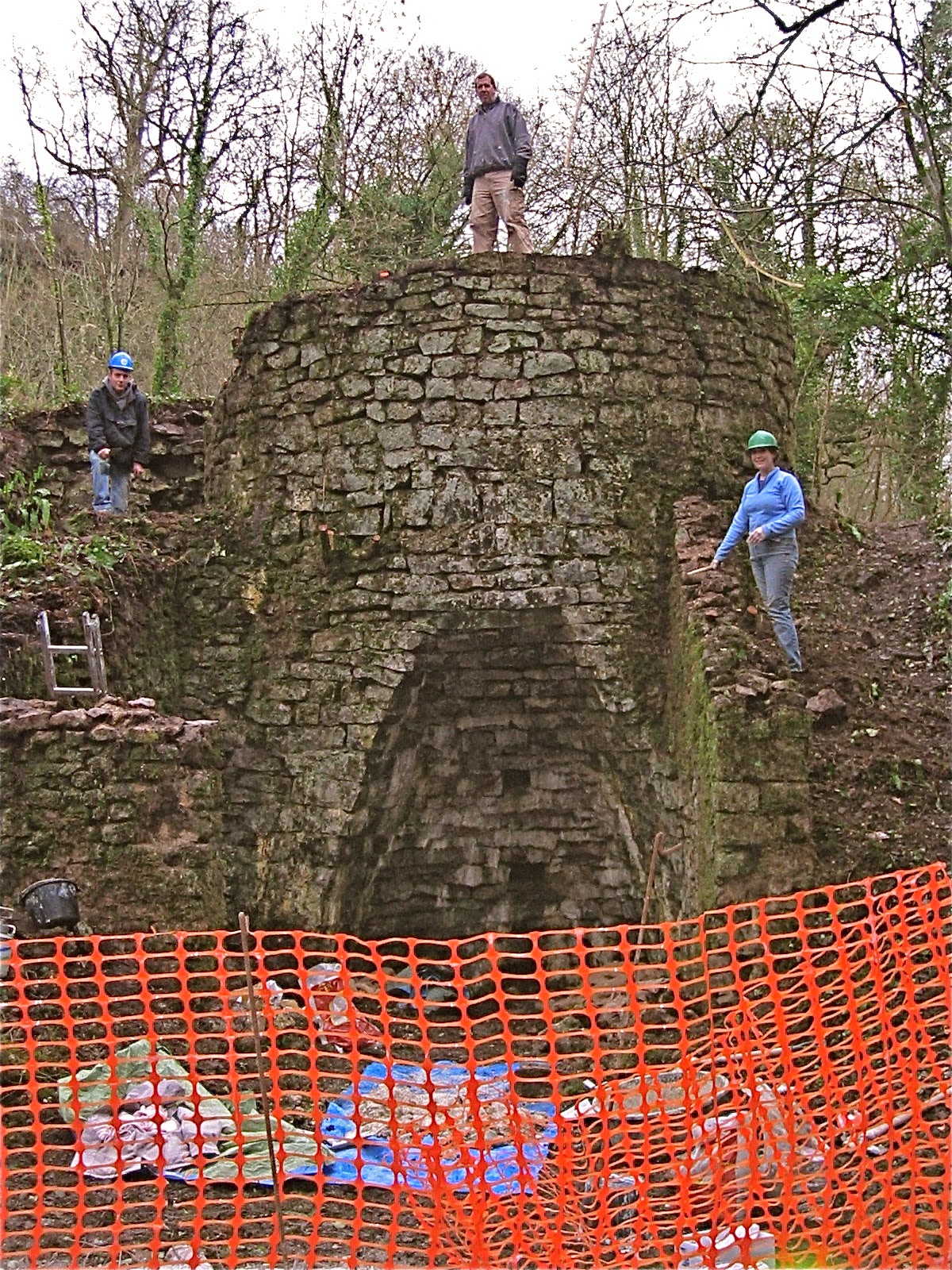Minerva repairs town bridge in Bradford on Avon
Oct 24, 2016
The Bradford on Avon town bridge, a Scheduled Ancient Monument, was damaged by the impact of a stolen vehicle in October 2016.
See further details here:
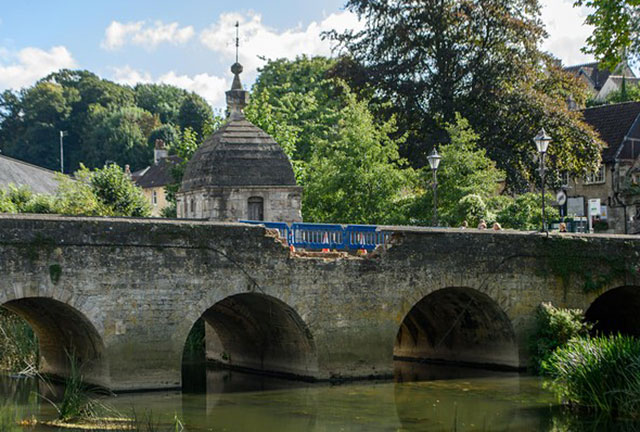
Pinnacles and Buttresses
Jun 14, 2013
Vaults, Pinnacles and Tile Repairs at Sherborne Abbey, Dorset.
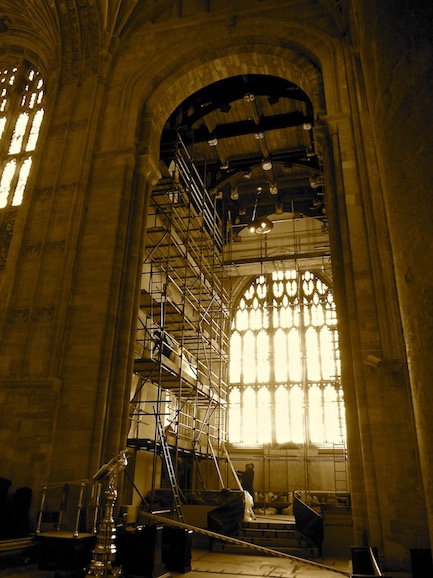
We have just completed a complicated 6 month project at Sherborne Abbey, known locally as the Cathedral of Dorset. Hamstone, that most beautiful of limestones showed its usual weaknesses, as it contains thin beds of less well cemented material and some small clay inclusions. These areas weather differentially to give weathered hamstone its characteristic furrowed appearance, but have lead later Victorian pinnacles to come apart due to the additional burden of it being bedded incorrectly.
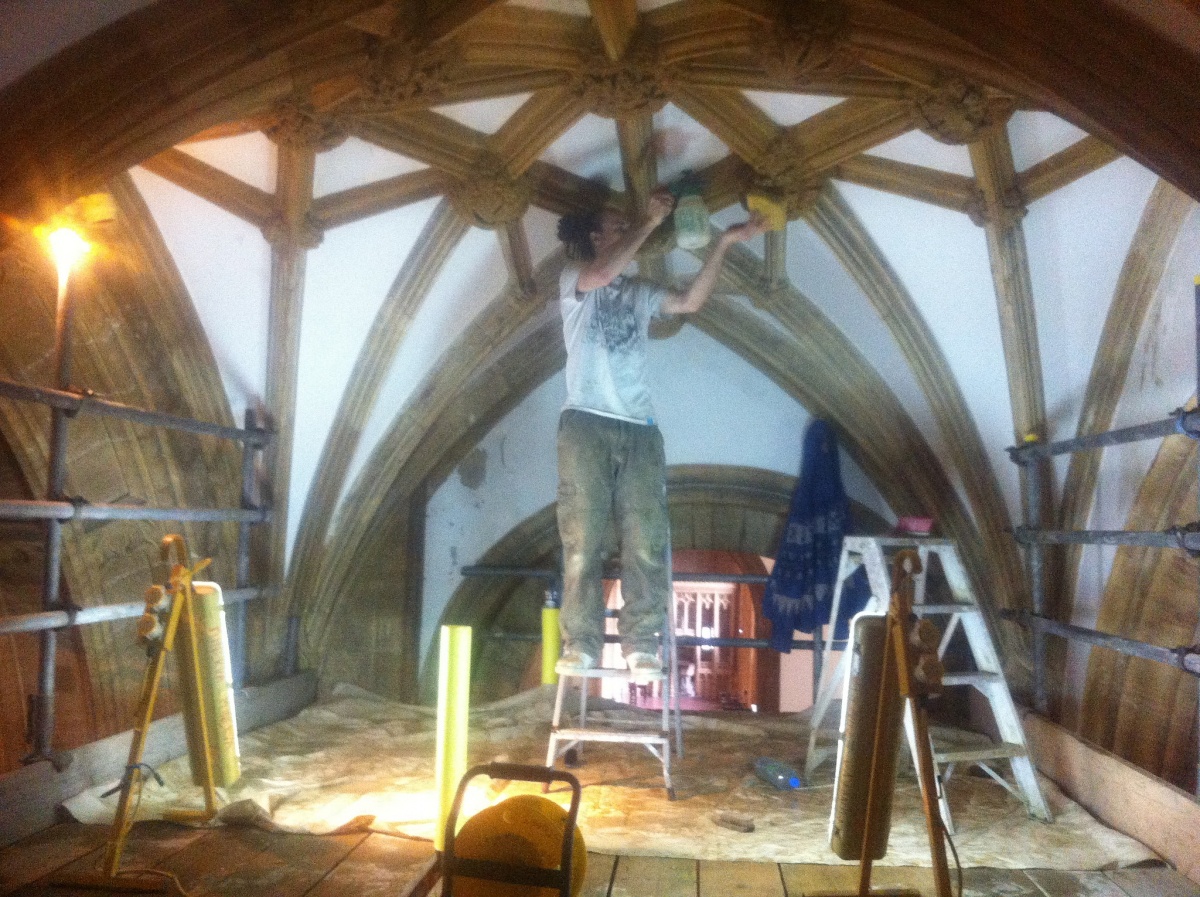
Internally there were interesting problems securing parts of the shifting Lierne vaulting of the N and S aisles due to the weight of the tower and inadequate footings, thankfully now all resolved. The removal of hundreds of years worth of soot to the ribs and limewashing the webs completed the works. A large part of the works involved the removal of modern emulsion paint and redecoration with a homemade limewash. As the walls had not been allowed to breathe for many decades it will take some time before the moisture stored in the yard thick walls reduces to an acceptable level and residual staining disappears.
Industrial Archaeology
Dec 14, 2012
The limekilns at Vallis in Frome are of Victorian date and used for burning limestone to make quicklime for building and agricultural purposes.
Built into the side of a hillock, they comprise a circular pit about 3m in diameter and up to 4m in depth, in which the lime was fired using timber, charcoal or coal (from the Somerset Coalfields) as fuel. At the base of the pit there are drawholes or stokeholes, through which the fire was lit, fed, and the ashes and lime extracted. Mounds of now overgrown Victorian lime remain from their last firing.
Much of the structure of the 19th century kilns were in generally sound condition although there were areas which needed to be addressed in order to prevent more serious decay from creeping in. Once the surrounding tree growth was cleared we focused on two kilns.
Cavities were maintained in the core of the kilns for the resident greater horseshoe bat population.
Kiln 1. We introduced a water shedding hydraulic lime capping to the top of the cylinder, all adjacent walls were pointed and the fire brick lining rebuilt. We superficially packed out a large movement crack to an depth of 2 inches where we introduced access/exit points for the hibernating Bats and rebuild areas of the corbelled stonework at the apex of the arch
Kiln 2. Due to funding limitations we proposed to introduce a temporary water shedding terram (membrane) and turf capping to the top of the cylinder, although it would be more appropriate to repair and rebuild the top three courses as above along with all adjacent walls and to point & pack out the large movement crack in a similar bat friendly fashon, Areas of the corbeled stonework at the apex of the arch were rebuilt as well as the small collapsed area to the rear of the kiln.
Repointing & grouting was done using a suitable putty lime mortar guaged with a pozzolan (to achieve a quicker set) matched to the original & with hydraulic lime used for surface capping In general it was recommended that stonework that has totally failed in a position that affected the weathering elements of the kilns be replaced. Voids within the mass of the walls for example were filled with a gravity injected lime grout. Some trial areas were repointed using original lime found on site.
Summer work to the Little Church of St Mary, Lydiard Tregoze
Nov 7, 2012
This summer we have been kept busy at the ancient church of St Mary at Lydiard Tregoze, near Swindon. St Mary's is which chiefly notable for the interior richness of its contents, including the funereal monuments of the St John family, the historic furnishings, a wealth of 15th century wall decorations and remarkable stained glass.
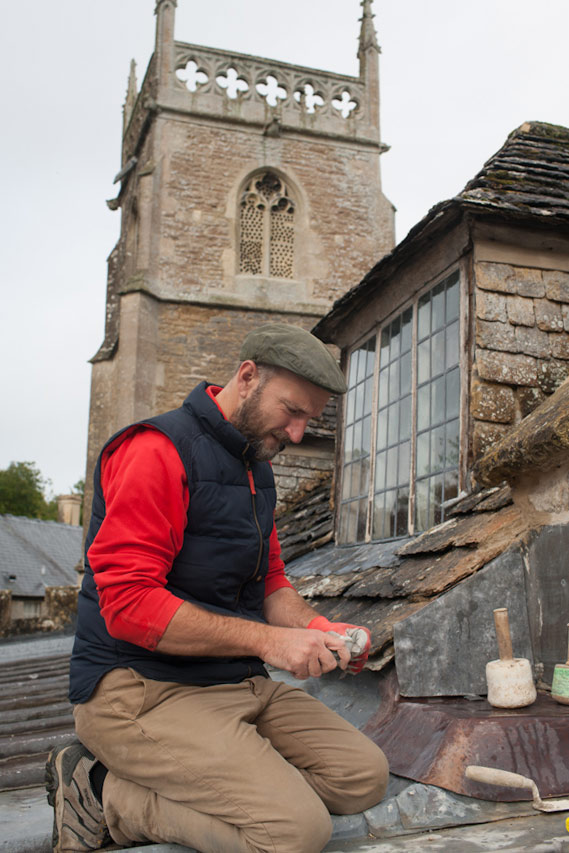 Along with interior replastering and conservation, most of our work was repairing and rebuilding the masonry to the exterior chancel gable and parapets to prevent the ingress of moisture to the interior. Cintec ties were introduced to consolidate old fractures and the dormer windows were conserved. Management of rainwater was drastically improved with new leadwork, gutters and drainage.
Along with interior replastering and conservation, most of our work was repairing and rebuilding the masonry to the exterior chancel gable and parapets to prevent the ingress of moisture to the interior. Cintec ties were introduced to consolidate old fractures and the dormer windows were conserved. Management of rainwater was drastically improved with new leadwork, gutters and drainage.The Royal Crescent, Bath, Survey and Facade Works.
Mar 6, 2012
The Crescent was laid out and designed by the architect John Wood the Younger between 1767 and 1774. It is the summit of the Palladian achievement in Bath and is listed as grade I. We have now worked or advised on 6 of the 30 individual Mansion blocks, so we have got to know the idiosyncratic carving of the Roman Ionic capitals quite well. It was interesting to notice for the first time that whilst the ashlar masonry of the entablature and ground stories are elliptical, the area between each bay of the upper stories is set square, a measure of economy that does not detract from the quality of the building.
As well as surveying and undertaking emergency conservation work, we have carried out much sensitive replacement masonry and lime work here over the years. We can often be seen replacing worn balustrading, removing pollutants and carefully colour-matching both original pointing and lime putty repair mortars.
Sadly, much poor quality work has been and is still carried out at the Crescent; organisations, hotels and businesses that should know better have allowed cement-based repair mortars to be used, which are not only damaging to the stone but also to the eye. They can easily be seen, smeared, for all to see over the stonework, which when coupled with other indicators of poor quality work such as lash marks from the sawing process that have not been rubbed out, and off-cuts reused for large supportive sections illustrates a general lack of care, awareness or sensitivity to the surrounding architectural marvel that is the Royal Crescent.
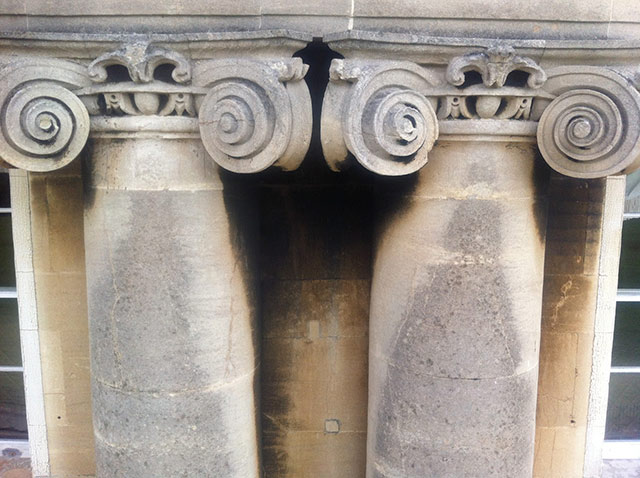
Apart from poor quality workmanship, the façade stonework suffers from some historic structural movement which has lead to the loss of many large volutes (which simply fall off) and individual stone decay caused by airborne pollution (acid rain) which in turn leads to blackened and decaying architectural detail. Coping stones also suffer from frost damage.
